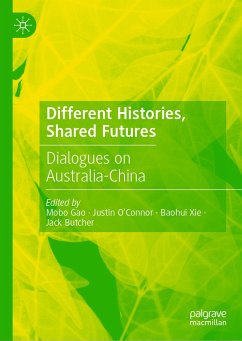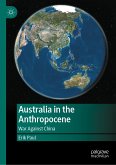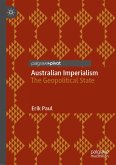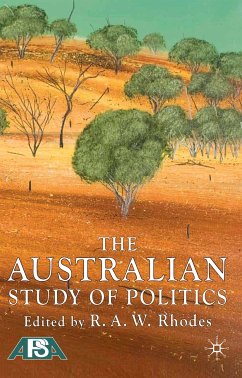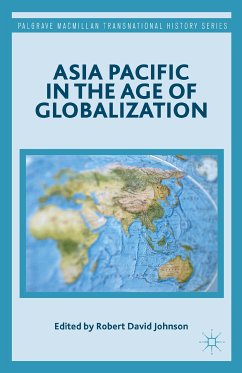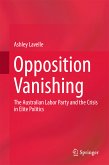-Kerry Brown, Professor of Chinese Studies and Director, Lau China Institute, United Kingdom
"This book delivers a patient, dispassionate, and cool-headed analysis from the authors' life-long, dedicated research on China... if Australia's public debate is to have any hope of going beyond media headlines and think-tank reports, this book is essential reading."
-Wanning Sun, Professor of Arts and Social Sciences, University of Technology Sydney, Sydney, Australia
"As the world seems to be spiralling toward a new Cold War with China, this edited volume offers a useful corrective to what has been, at times, a hysterical over-reaction to the growth of Chinese global power. This volume could not be more timely or more necessary."
-Michael Dutton, Professor, Smith College London, United Kingdom
"This book is a timely and a strong riposte to the narrative that this was all China's doing.... the authors pick apart simplistic depictions of an ideological stand-off and offer more compelling explanations for today's rivalries and antagonisms."
-Dr David Brophy, Senior Lecturer Sydney University
Derived from an international symposium held in Adelaide in 2021, these essays are an attempt to offer some understanding and explanations for the deterioration of relationship between Australian and China. It is also an attempt to explore the ways by which the two countries can reach some common ground for some shared but different futures, futures without a war hot or cold, between a rising power of China and the status quo power of the West.
Mobo Gao is Professor of Chinese Studies at the University of Adelaide.
Justin O' Connor is Professor ofCultural Economy at the University of South Australia.
Dr. Baohui Xie is scholarly teaching fellow at the University of Adelaide.
Jack Butcher is a PhD candidate at the University of Adelaide.
Dieser Download kann aus rechtlichen Gründen nur mit Rechnungsadresse in A, B, BG, CY, CZ, D, DK, EW, E, FIN, F, GR, HR, H, IRL, I, LT, L, LR, M, NL, PL, P, R, S, SLO, SK ausgeliefert werden.

